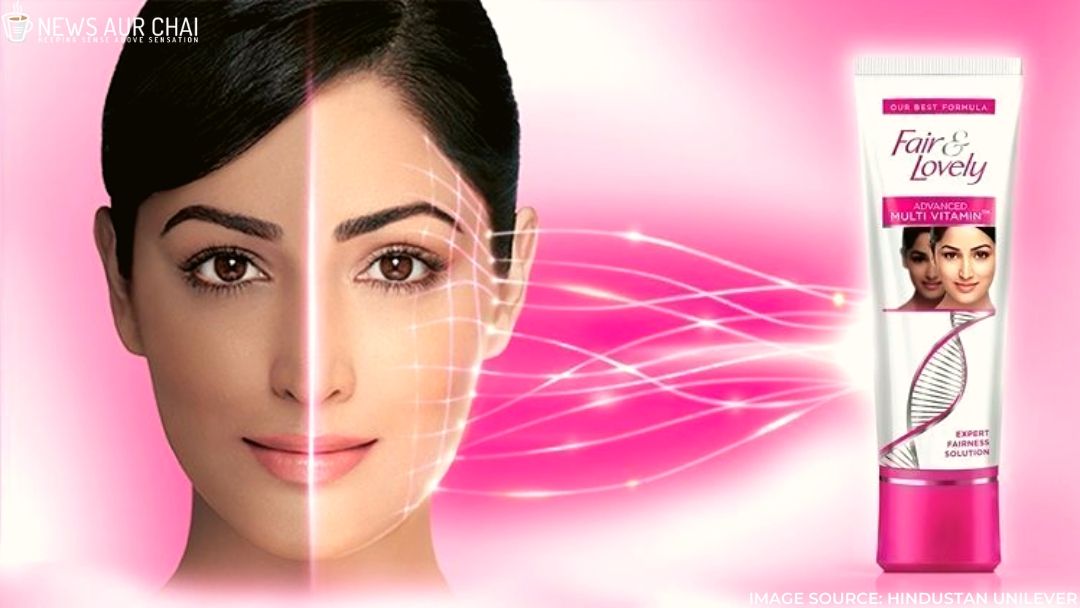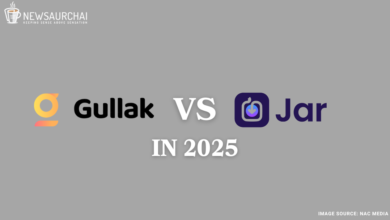Glow And Lovely: An Attempt Of Inclusivity, But Does That Solve The Problem?

It starts young when the society infers whether or not a girl is beautiful befitting her to the — colour spectrum of beauty— which is an obsession in our country. It starts at home when relatives compare which child has a lighter skin tone and which one darker; at schools, colleges, offices, social media and unconsciously even you begin to adhere to the set beauty norms or otherwise prevail a subtle inferiority complex. As a girl, you get accustomed to the many standards anchored by society, and beauty is one of them.
The definition of beauty is as superficial as the market’s strategies to rebrand the products when encountering a backlash. The latest one on the cards is the Indian Global consumer giant, Hindustan Unilever who recently announced to rebrand its skin-lightening cream ‘Fair & Lovely’ to ‘Glow & Lovely.’ Now Women can glow and be lovely and not just fair and lovely.
The so-called ‘inclusive’ vision of positive beauty has adhered while introducing ‘Glow and Lovely’ — the company said in a statement issued by it. However, the rechristening of the brand has set twitter ablaze as Twitteratis took a jibe on it. The critics also described it as solely a cosmetic change for a product that supports harmful beauty standards.
So Fair and Lovely will now be called Glow and Lovely? C’mon Hindustan Lever. For years you’ve been profiting by destroying our nation’s young girl’s self worth by making rude comments about dark skin.
Now prove your ‘intentions’ by having a dark skinned girl on your packaging.
— Shekhar Kapur (@shekharkapur) July 2, 2020
Fair and Lovely is now Glow and Lovely. This is like renaming Coronavirus to Covid-19
— Trendulkar (@Trendulkar) July 2, 2020
HUL launched fair & Lovely in 1975, which became an instant success and soon other brands followed the lead. The trend of advertisements marketing the brand portrayed dark-skinned women lacking confidence and failing in life but, were able to achieve their dreams with a ‘desirable’ fairer skin. Unfortunately, the trends are profoundly established in the 21st century as well.
According to “India Fairness Cream & Bleach Market Overview, 2018–2023” the category of women fairness cream is forecasted to achieve market revenues of more than Rs. 5,000 crore by the year 2023. The factors which contribute to the rising influence is the media and entertainment, the pressure of society to look well-groomed all the time, inferiority from colleagues at workplace, desire to try new products launched in the country, an escalating number of young population, fascination for fairer complexion etc are some which continue to drive the market of women’s fairness creams.
In The Beauty Myth, Naomi Wolf says, “The darkening under her eyes, the weight of her lids, their minute cross-hatching, reveals that what she has been part of has left in her its complexity and richness. She is darker, stronger, looser, tougher, sexier. The maturing of a woman who has continued to grow is a beautiful thing to behold.”
It is dispiriting to observe that it took #BlackLivesMatter protests in India to introspect that what the conglomerate was wrapping under the name of confidence falls under the parasol of racism that too in a country which has a fair skin fetish.
The company which has faced backlash for over a few years now fails to achieve the goal that beauty has no parameters or spectrum. It continues to reiterate the age-old Indian psyche that fairer skin equates beauty and fuels the prejudice with a celebrity face in their advertisements.
The conglomerate needs more than just a cosmetic name-change, it needs to revamp their packaging, an aggressive campaign; and discontinue the same age-old advertisement trope of women aspiring for fairer skin and rebooting with confidence after that.
The Fast Moving Consumer Goods (FMCG) companies for decades have reinstated these notions of social desirability. The renaming of the product does not address the problem of colour fixation with ‘light skin’ which establishes the impertinent coalescence of deep-rooted prejudice of colourism, and patriarchy. It is a marketing gimmick by a Global consortium to sell products and counter the backlash. It may appease the situation for a short-term, but it doesn’t fix the problem. The problem which doesn’t just lie on the surface & branding but questions the whole concept of its existence.





